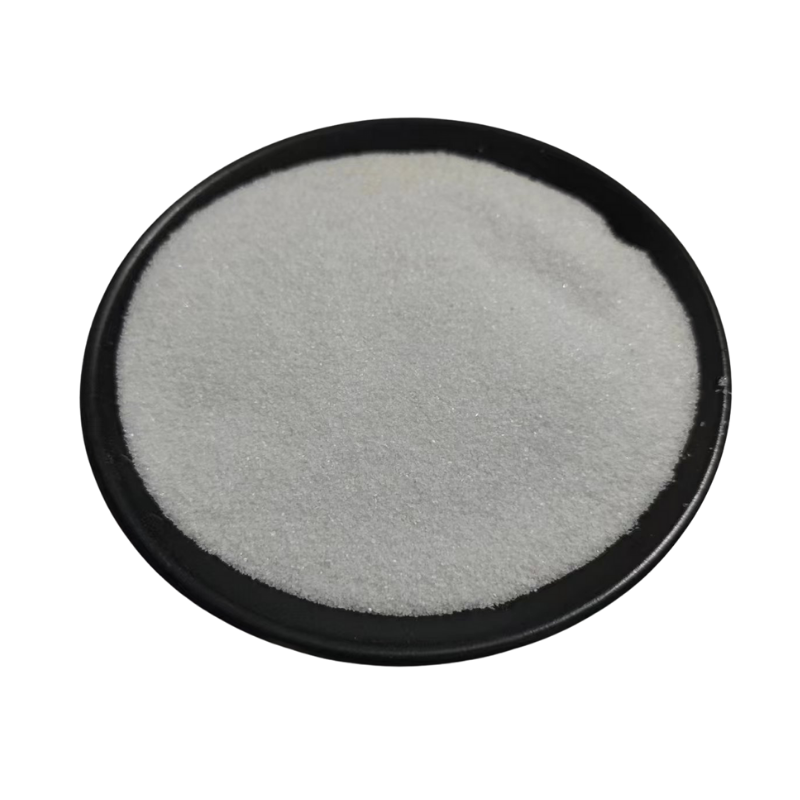
Characteristics and Uses of Pumice and Scoria in Geology and Industry
Understanding Pumice and Scoria Nature's Volcanic Gems
Volcanic rocks are some of the most intriguing natural formations on Earth. Among these, pumice and scoria stand out for their unique characteristics and fascinating origins. Both pumice and scoria are produced during explosive volcanic eruptions, but they possess distinct physical properties and geological significance.
Formation and Composition
Pumice is a light, porous volcanic rock that is formed when volcanic lava cools and depressurizes rapidly. During an eruption, gases are trapped in the lava as it expands and cools, leading to the formation of tiny bubbles. This process results in a rock that is so light that it can float on water. Pumice is typically light-colored, ranging from white to light gray, and often exhibits a glassy texture due to its high silica content. The composition of pumice predominantly includes silicate minerals, making it attractive for a variety of uses.
In contrast, scoria is characterized by its darker color, typically reddish-brown or black, and is denser than pumice. Scoria is produced from basaltic magma, which has a lower silica content compared to the felsic magma that produces pumice. Like pumice, scoria is created during explosive eruptions, but it contains larger gas bubbles, which give it a rough, vesicular appearance. This rock is often used in landscaping and construction, as well as for filtration systems due to its porous nature.
Physical Properties
The primary difference between pumice and scoria lies in their density and porosity. Pumice is exceptionally lightweight due to its extensive network of vesicles (gas bubbles), making it an excellent material for industries requiring lightweight aggregates. Scoria, while still porous, is significantly heavier and denser due to its composition and the size of its bubbles. This makes scoria suitable for use in applications where weight is not a concern, such as in erosion control and drainage systems.
pumice and scoria

The texture of these rocks also varies. Pumice generally has a finer texture with smaller vesicles, contributing to a smoother feel. Scoria, on the other hand, has larger, more irregular bubbles, offering a rougher surface. Both rocks can be ground into powder and used in various industrial applications, including as an abrasive material, soil amendment, and in the manufacture of lightweight concrete.
Uses and Applications
The unique properties of pumice make it a valuable resource in several industries. For example, it is commonly used in beauty products as a gentle exfoliating agent. Pumice stones are widely sought after for foot care and other cosmetic applications. In agriculture, pumice is added to soil to improve aeration and drainage, supporting healthy plant growth.
Scoria, because of its density and appearance, is frequently utilized in landscaping as decorative gravel, rock mulch, and in fire pits. Its ability to retain heat makes it beneficial for certain gardening methods, including the establishment of heat-retaining beds for plants. Furthermore, scoria’s porous nature makes it an effective drainage material in construction and road building.
Conclusion
Both pumice and scoria illustrate the incredible diversity of volcanic materials produced by Earth’s dynamic processes. While they share a common origin, their differences in composition, density, and texture lead to a wide range of applications that benefit human activities and the environment. As we continue to explore and study these remarkable rocks, we deepen our understanding of the Earth’s geological history and the processes that shape our planet. Whether used in beauty products, construction, or gardening, pumice and scoria are perfect examples of how natural resources can be harnessed in versatile and innovative ways. Their unique characteristics not only contribute to their aesthetic appeal but also underscore the invaluable role they play in various industries.
Share
-
Natural Premium Bentonite Cat Litter - Superior ClumpingNewsJul.31,2025
-
Premium Resin Coated Sand - High Heat Resistance CastingNewsJul.31,2025
-
High Quality Silicon Carbide Grit for Abrasive ApplicationsNewsJul.30,2025
-
High-Quality Ceramsite for Plants & Gardening | Lightweight PebblesNewsJul.29,2025
-
Premium Burgundy Glass Marbles for Vases & Shooter GamesNewsJul.29,2025
-
High Purity Quartz Sand for Industrial and Ground ApplicationsNewsJul.29,2025






